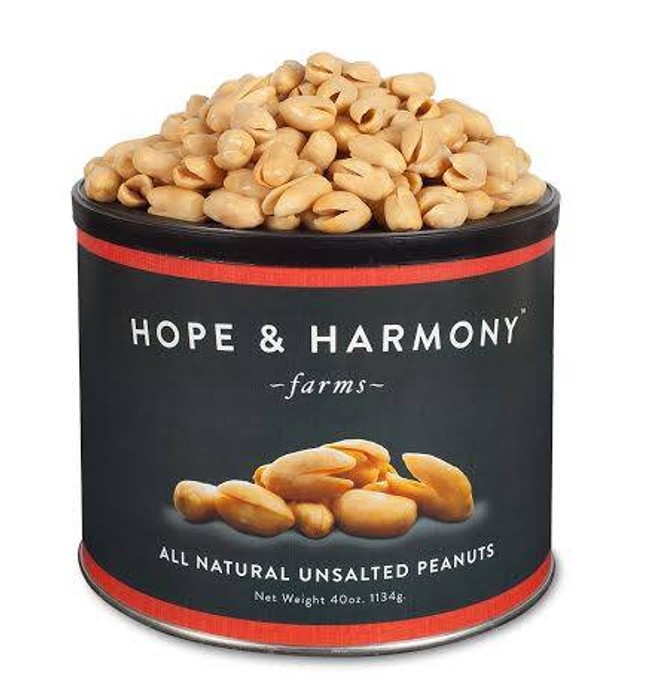The grocery list is changing. In fact, for millennials, it may not even exist at all.
The millennial generation is changing the food shopping game and reflections of their influence are scattered throughout the food retail market. The detailed shopping list isn’t a thing for this group, instead, purchasing decisions and even recipe searches are determined as they shop throughout the store. Meals are not planned, not made from scratch and not structured.
According to CMI Online, majorities (53%) of dinners are planned within an hour of eating and most dinners prepared at home are made with variety of products including fresh/raw ingredients and prepackaged items. Meat or poultry is eaten an average of 3.7 nights per week, though many consumers no longer put meat at their center-of-plate.
“A college student in the 1980s may have been content living on instant noodles for dinner. Nowadays, a twentysomething is as likely to pick up a piece of wild salmon with quinoa and a fresh rocket salad from the grocery store on any given night.” – The Guardian
The millennial dinner plate is constantly evolving due to their need for flexibility. Many food retail stores vying for millennial’s attention and money have made some serious changes to cater to their lifestyle.
One-Stop Shopping
At least 70% of US consumers are shopping at five or more different stores a month and 50% visit two stores per shopping trip. In an effort to attract millennials with convenient, one-stop shops, hybrid stores have emerged to eliminate extra trips.
Grocery sections are being added to other retail categories (i.e. C-store, Drug) and grocery stores are expanding offerings to be perceived as more convenient, one-stop shops.
- Walmart ranks as the preferred place to shop for millennials 24 and younger over Target, Kroger, Whole Foods, Trader Joe's and Costco because of its low prices and breadth of household product offerings.
- Kwik Trip Inc. is rebranding its Tobacco Outlet Plus stores to Kwik Star Express markets that will feature fresh fruits and vegetables, baked goods, fresh meat, sandwiches and entrees.
Smart Shelves
In keeping with the millennial demand for easy access to information, utilizing mobile devices in the aisles and implementing other smart technology will become the “new normal” way to shop. This evolving technology is transforming how shoppers decide what products they want, how fast they get them and where they buy them.
- In Korea the grocery chain Tesco launched a virtual grocery store that wallpapered subway corridors with shoppable billboards. Busy commuters wandered the “aisles” and ordered their groceries by scanning QR codes via a phone app while waiting for the train.
- In stores like Stop & Shop ‘smart carts’ are embedded with technology that enables them to show sale items on screen when the shoppers are in certain aisles or calculate a recommended route through the store based on the shopper’s grocery list.
- The SmartLabel initiative connects consumers to food information such as ingredients, nutritional information, and allergen facts via QR codes on packaging. In the next five years, 80% of packaged groceries will feature SmartLabel.

A fourth generation farmer family, Hope & Harmony Farms grows and produces their peanuts directly from their farm in Southhampton County, Virginia.
Tell Me More
For millennials, purchase decisions involve factors well beyond price including things like sourcing, product inspiration, responsibility and authenticity. As a result, food brands are being increasingly upfront about the stories behind their products, satisfying not only the millennial need for access to information but also their desire to be more conscious, aware consumers.
- Millennial-minded grocery stores like Trader Joe’s regularly includes storytelling information on their signage spanning from sourcing and nutritional information to recipe inspiration.
- Whole Foods acted on millennials strong environmental advocacy by partnering with US-based non-profit The Xerces Society to create a salad bar that depicted the types of produce that would no longer be available if bees became extinct (the list included avocadoes, berries and tomatoes).
What It All Means
Millennials don’t have to go to the grocery store to go grocery shopping. The physical shopping element is becoming more and more optional. The term grocery has transformed from what was considered a retail segment to more of a product category. As a result, grocery stores have to adapt in order to remain relevant.
Sources: The Guardian, ACOSTA, Delish, Business Insider, Popsugar, Fortune, Food Institute, Ypulse, Mintel, Stylus, Boston Consulting Group, IRI Worldwide, Millennial Marketing
